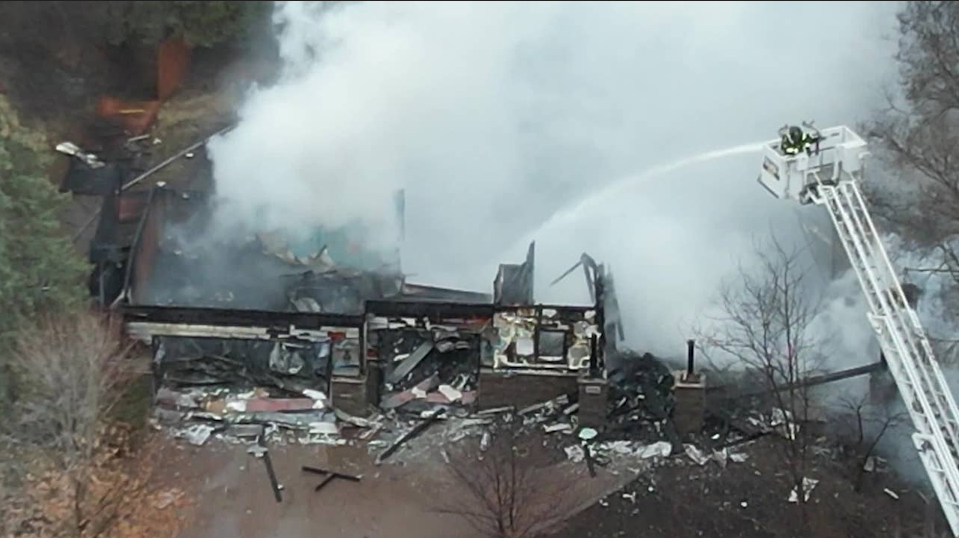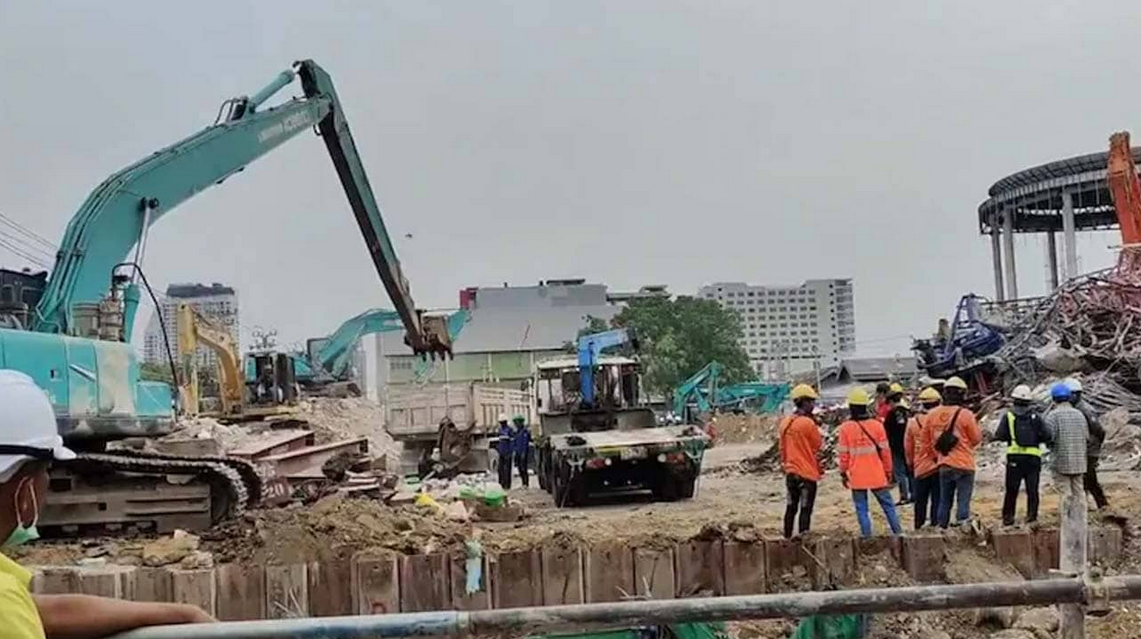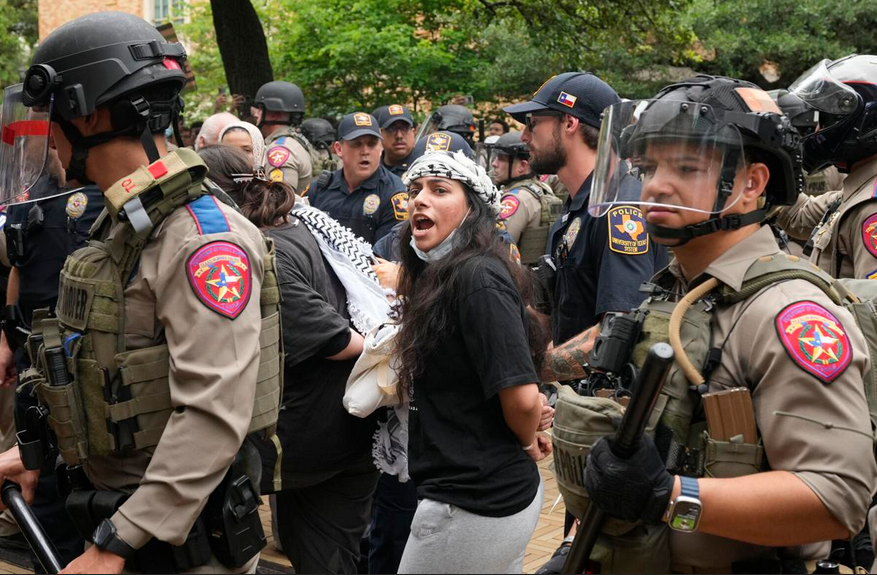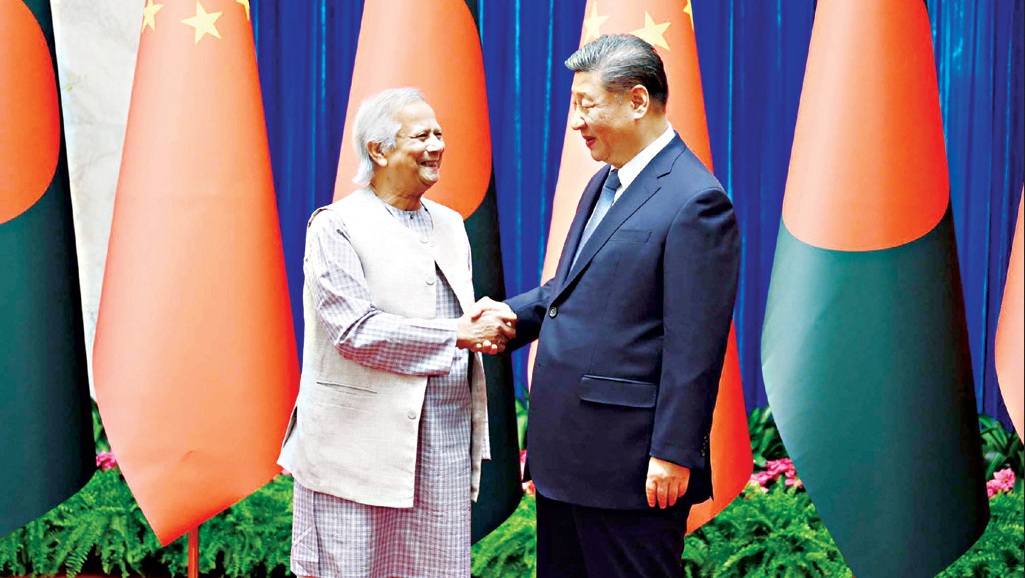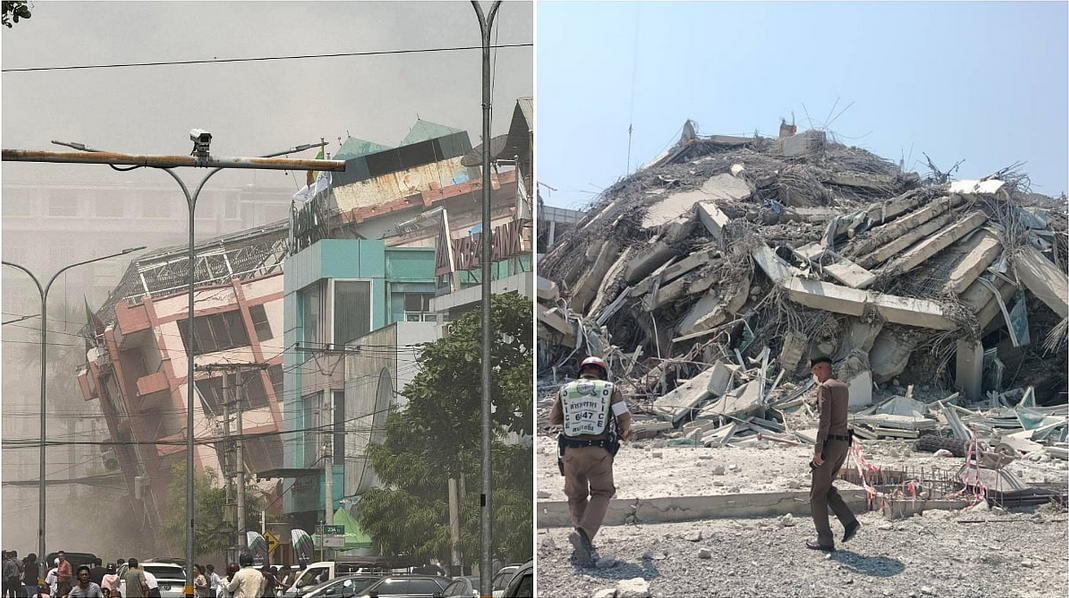Liverpool show the traits that would make them worthy champions
The roar that greeted the final whistle at Anfield was about so much more than victory in the Merseyside derby and bragging rights again for the Liverpool supporters. Liverpool are…
Goal and Highlights: LAFC v1-0 Inter Miami in Concacaf Champions Cup
There’s no time for more! Despite Inter Miami’s multiple attempts, the squad led by Leo Messi and Luis Suárez couldn’t get the ball into the goal and tie the match,…
Yashasvi Jaiswal Quits Mumbai: Star Says For ‘New Opportunity’, But Report Claims ‘Due To Displeasure With…’ | Cricket News
After India opener Yashasvi Jaiswal’s decision to make a shock switch to Goa from Mumbai due to personal reasons, the star batter opened up on the reason behind his decision…
Shubman Gill’s Cryptic Post After Win Against RCB Goes Viral. Internet Finds ‘Virat Kohli’ Connection | Cricket News
Gujarat Titans captain Shubman Gill left fans intrigued with a cryptic social media post following his side’s win over Royal Challengers Bengaluru on Wednesday. Following the victory, Gill took to…
Bill Gates reveals the coolest code of his life that started Microsoft’s 50-year journey in computing
Microsoft, founded in April 1975, is celebrating 50 years this Friday. The company’s journey began with a pivotal computer code written by Bill Gates, then a Harvard freshman, and his…
Trump tariff hike hits Dalal Street: 4 sectors facing the biggest impact, global brokerages decode
The recent decision by the Trump administration to impose a blanket 26% tariff on imports from India has sent ripples across various industries. Reacting to the overnight news development, the…
Australia’s $250 and $750 Pension Payments in April 2025: Will You Get It? Check Eligibility – UP Excise Portal
Australia’s $250 and $750 Pension Payments in April 2025: In April 2025, many Australians—especially seniors, carers, and low-income earners—are asking: Will I receive the $250 or $750 pension payments announced…
No F-35, No Worry! Canada May Have 6th-Gen Alternative To US Jets As UK Hints At Opening Doors To GCAP
The Global Combat Air Program is a trilateral partnership between the UK, Japan, and Italy that seeks to design, manufacture, and deliver a next-generation combat aircraft. British Defense Minister Maria…
Earthquake-hit Myanmar’s junta chief to head to Bangkok for BIMSTEC summit
The head of the Myanmar junta is expected to travel to Bangkok on Thursday for a regional summit, six days after the country ruled by his armed forces was pummelled…
Tory MP slams official UK report blaming Hindu extremists for Leicester riots, demands public presentation
UK MP Bob Blackman, who represents Tory, recently raised in the British Parliament an official report that tied local Hindu ‘extremists’ to the communal unrest that rocked Leicester in 2022.…
 Liverpool show the traits that would make them worthy champions
Liverpool show the traits that would make them worthy champions Goal and Highlights: LAFC v1-0 Inter Miami in Concacaf Champions Cup
Goal and Highlights: LAFC v1-0 Inter Miami in Concacaf Champions Cup Yashasvi Jaiswal Quits Mumbai: Star Says For ‘New Opportunity’, But Report Claims ‘Due To Displeasure With…’ | Cricket News
Yashasvi Jaiswal Quits Mumbai: Star Says For ‘New Opportunity’, But Report Claims ‘Due To Displeasure With…’ | Cricket News Shubman Gill’s Cryptic Post After Win Against RCB Goes Viral. Internet Finds ‘Virat Kohli’ Connection | Cricket News
Shubman Gill’s Cryptic Post After Win Against RCB Goes Viral. Internet Finds ‘Virat Kohli’ Connection | Cricket News Bill Gates reveals the coolest code of his life that started Microsoft’s 50-year journey in computing
Bill Gates reveals the coolest code of his life that started Microsoft’s 50-year journey in computing Trump tariff hike hits Dalal Street: 4 sectors facing the biggest impact, global brokerages decode
Trump tariff hike hits Dalal Street: 4 sectors facing the biggest impact, global brokerages decode Australia’s $250 and $750 Pension Payments in April 2025: Will You Get It? Check Eligibility – UP Excise Portal
Australia’s $250 and $750 Pension Payments in April 2025: Will You Get It? Check Eligibility – UP Excise Portal No F-35, No Worry! Canada May Have 6th-Gen Alternative To US Jets As UK Hints At Opening Doors To GCAP
No F-35, No Worry! Canada May Have 6th-Gen Alternative To US Jets As UK Hints At Opening Doors To GCAP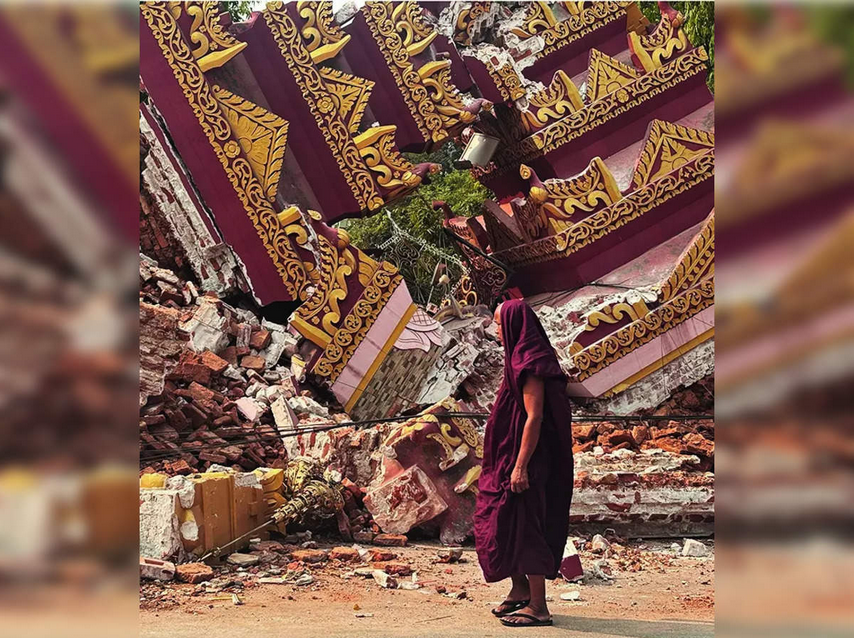 Earthquake-hit Myanmar’s junta chief to head to Bangkok for BIMSTEC summit
Earthquake-hit Myanmar’s junta chief to head to Bangkok for BIMSTEC summit Tory MP slams official UK report blaming Hindu extremists for Leicester riots, demands public presentation
Tory MP slams official UK report blaming Hindu extremists for Leicester riots, demands public presentation